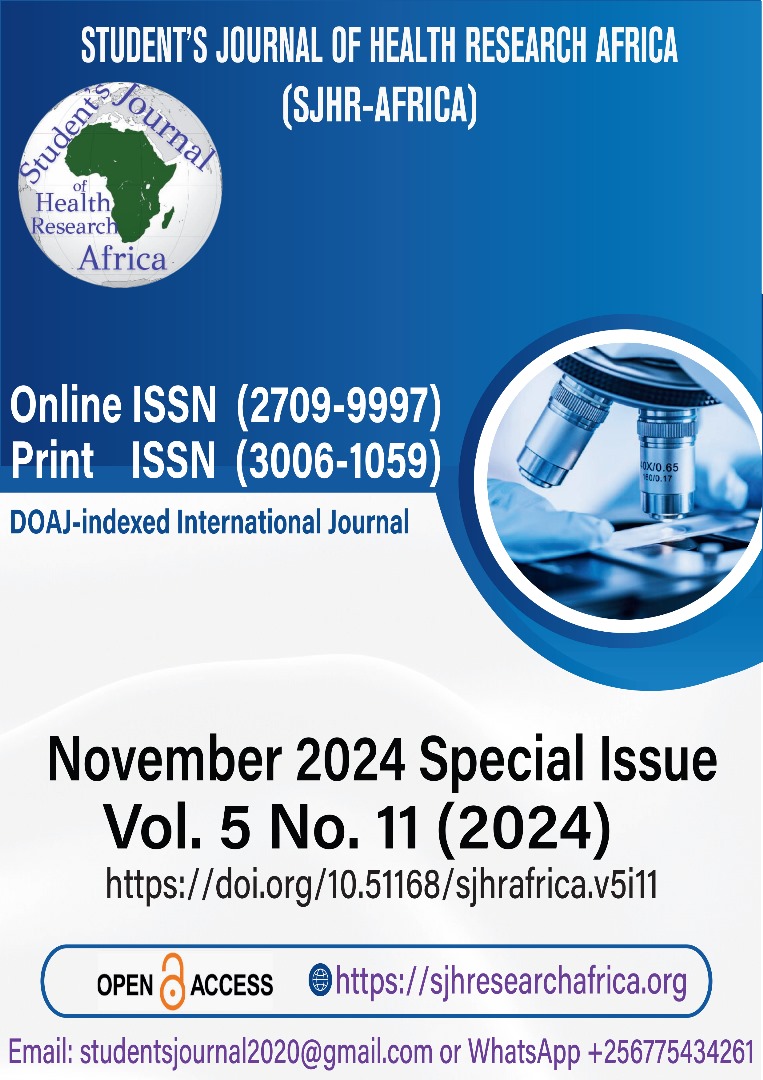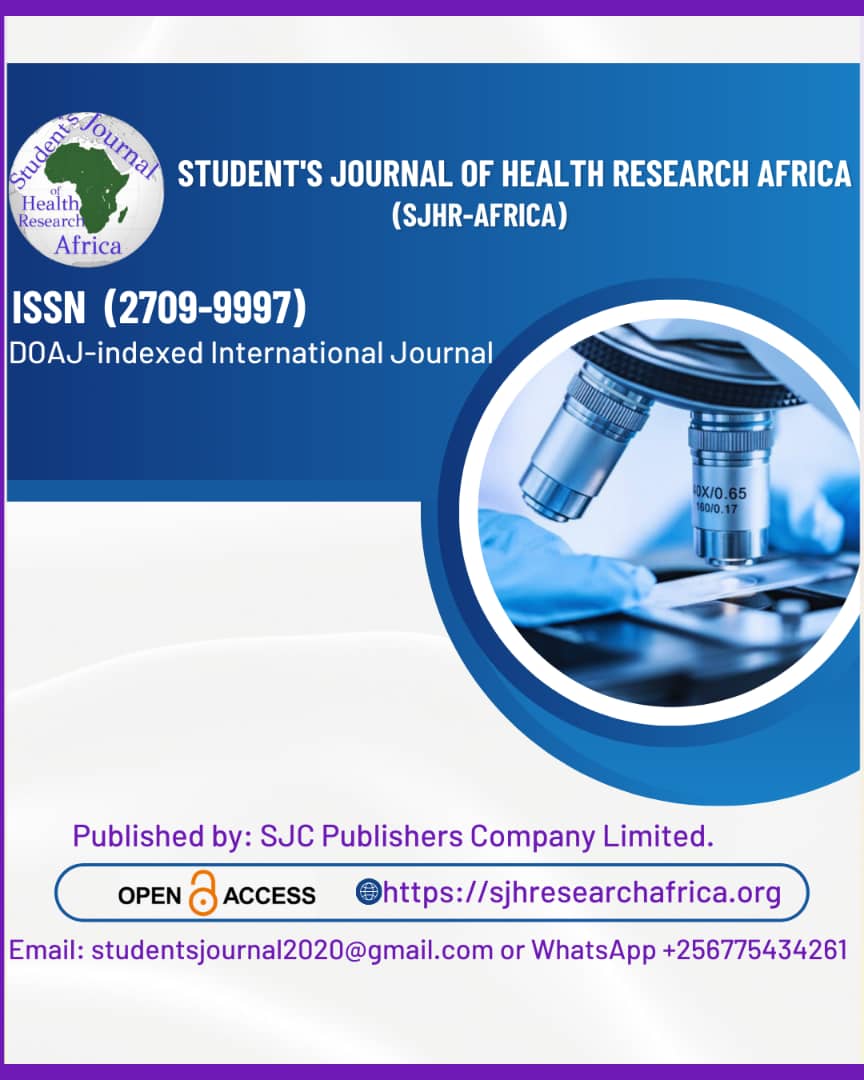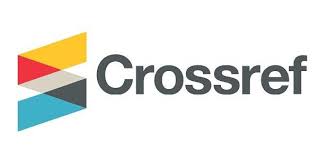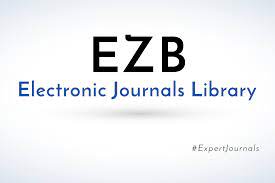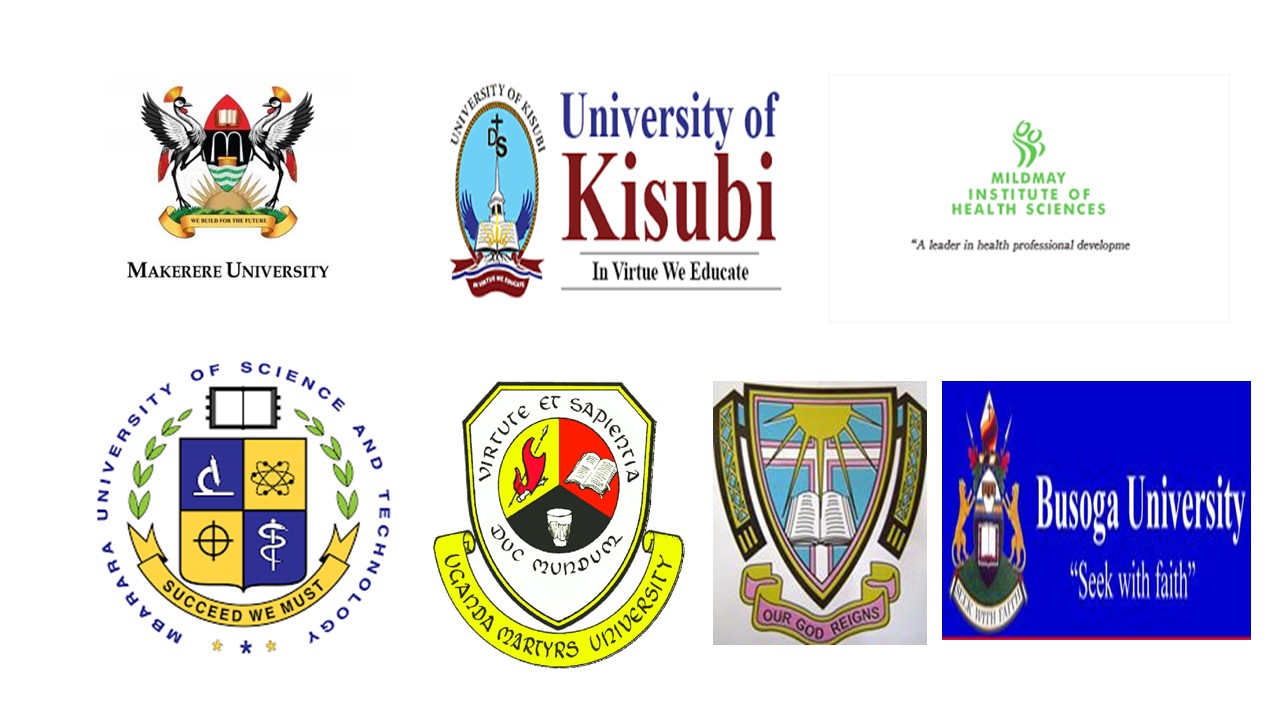A Prospective Hospital-Based Study on Cutaneous Manifestations in Patients with Polycystic Ovarian Syndrome (PCOS)
DOI:
https://doi.org/10.51168/sjhrafrica.v5i11.1835Keywords:
Polycystic Ovarian Syndrome, Acne, Hirsutism, Acanthosis Nigricans, Body Mass IndexAbstract
Background:
Polycystic Ovarian Syndrome (PCOS) is a common endocrine disorder among women of reproductive age and is often associated with distinct cutaneous manifestations such as acne, hirsutism, and acanthosis nigricans. These dermatological signs can serve as early clinical indicators of underlying hormonal and metabolic disturbances.
Aim:
To evaluate the frequency and pattern of cutaneous manifestations in PCOS patients and assess their association with body mass index (BMI) in a tertiary care setting.
Methods:
A prospective observational study was conducted over a period of 6 months at a tertiary care hospital in North Bihar. Fifty female patients aged 15–45 years, diagnosed with PCOS based on the Rotterdam criteria, were included. Data on demographic details, BMI, and various cutaneous manifestations were collected using a structured proforma. Severity grading tools such as the Ferriman-Gallwey score for hirsutism and the Global Acne Grading System (GAGS) for acne were utilized. Statistical analysis was performed using SPSS version 23.0.
Results:
The mean age of participants was 24.8 ± 4.3 years, with 68% being overweight or obese. Acne was the most common manifestation (80%), followed by hirsutism (64%) and acanthosis nigricans (48%). Androgenic alopecia, seborrhea, and striae distensae were also observed. A statistically significant association was found between elevated BMI and the presence of acanthosis nigricans (p = 0.012) and hirsutism (p = 0.034).
Conclusion:
Cutaneous manifestations are highly prevalent among women with PCOS, with acne and hirsutism being the most common. These features can serve as valuable clinical markers for early identification of PCOS, particularly in dermatology settings.
Recommendations:
Routine dermatological screening in women with suggestive symptoms should be encouraged to facilitate early diagnosis and management of PCOS. Weight management and lifestyle interventions should be emphasized in overweight patients to mitigate dermatological and metabolic complications.
References
Teede HJ, Misso ML, Costello MF, Dokras A, Laven J, Moran L, et al. Recommendations from the international evidence-based guideline for the assessment and management of PCOS. Hum Reprod. 2018;33(9):1602–1618.
Lizneva D, Suturina L, Walker W, Brakta S, Gavrilova-Jordan L, Azziz R. Criteria, prevalence, and phenotypes of PCOS. Fertil Steril. 2016;106(1):6–15.
Escobar-Morreale HF. Polycystic ovary syndrome: definition, aetiology, diagnosis and treatment. Nat Rev Endocrinol. 2018;14(5):270–284.
Sharma R, Mahajan N, Verma S. Cutaneous manifestations of PCOS and their association with metabolic parameters. J Clin Diagn Res. 2020;14(3):WC01–WC04.
Bhargava S, Dhillon M, Rana S. Evaluation of acne as an early sign of PCOS. Int J Dermatol. 2019;58(10):1171–1175.
Carmina E, Lobo RA. Evaluation of hirsutism. Best Pract Res Clin Endocrinol Metab. 2019;33(2):101270.
Garg T, Garg R, Jhingran R. Association of acanthosis nigricans with obesity and insulin resistance in PCOS. Indian J Endocrinol Metab. 2021;25(2):145–150.
Cooney LG, Lee I, Sammel MD, Dokras A. High prevalence of moderate and severe depressive and anxiety symptoms in PCOS: a systematic review and meta-analysis. Hum Reprod. 2017;32(5):1075–1091.
Bednarska S, Siejka A. The pathogenesis and treatment of polycystic ovary syndrome: what's new? Adv Clin Exp Med. 2019;28(3):365–375.
Kalra S, Baruah MP, Saikia M, Sharma SK. PCOS in India: rising incidence and challenges. J Midlife Health. 2020;11(3):151–153.
Sardana K, Verma G. Dermatological approach to PCOS: recognizing the skin signs. Indian J Dermatol. 2021;66(1):12–18.
Khalid AB, Rao S, Malik U, Sargana M, Akbar A. Study of Cutaneous Manifestations in Patients with Polycystic Ovarian Syndrome Attending a Tertiary Care Centre. Indus J Biosci Res. 2025;3(2):1–7.
Masaeli A, Nayeri H, Mirzaei M. A Detailed Cutaneous Manifestations Evaluation in Patients with Polycystic Ovary Syndrome. Arch Med Lab Sci. 2021;7:1–6.
Jena P, Tiwari M, Panda S, Samantroy S, Panda J. Correlation of Cutaneous Manifestations With Body Mass Index (BMI) in Polycystic Ovary Syndrome (PCOS) Patients in a Tertiary Care Centre: An Observational Study. Cureus. 2021;13:e20695. p.1–6.
Kaur S, Gupta SK, Juneja S, Kaur S, Rani M. Study of cutaneous manifestations of polycystic ovarian syndrome. Int J Reprod Contracept Obstet Gynecol. 2020;9(4):1518–22.
Abusailik MA, Muhanna A, Almuhisen AA, Alhasanat AM, Alshamaseen AM, Bani Mustafa SM, et al. Cutaneous manifestation of polycystic ovary syndrome. Dermatol Rep. 2021;13:8799. p.1–5.
Aljefri YE, Alahmadi RA, Alajmi RS, Alkhamisi TA, Maaddawi HA, Alraddadi A, et al. Cutaneous Manifestations and Hormonal Changes Among Polycystic Ovary Syndrome Patients at a Tertiary Care Center. Cureus. 2021;13:e20593. p.1–6.
Abouzeid S, Abou Khadr NA, Gaafar S, Eldeeb M. Relation of polycystic ovarian syndrome phenotypes with cutaneous and biochemical hyperandrogenism: a case–control study. J Egypt Womens Dermatol Soc. 2022;19(3):160–8.
Downloads
Published
How to Cite
Issue
Section
License
Copyright (c) 2024 Abhishek Kumar, Uday Kumar Udayan

This work is licensed under a Creative Commons Attribution-NonCommercial-NoDerivatives 4.0 International License.

